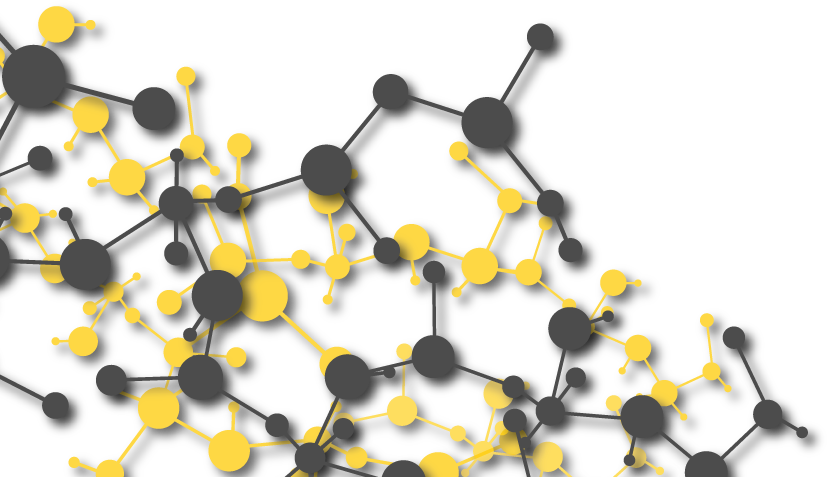Gantrade is committed to a sustainable environment, and the ISO 14000 standards give us the tools to effectively manage our environmental responsibilities.
The International Organization for Standardization (ISO) 14000 series of environmental management standards create specific requirements for an environmental management system. This includes guides and technical reports that aid in creating policies, determining environmental impacts from our products, and planning for specific environmental goals. The standards direct program implementation, measurement, and corrective actions.
What Does ISO 14000(1) Do?

Our compliance with ISO 14000 demonstrates to our customers that we are committed to environmental management. By following the principles of ISO 14000, we can eliminate waste and inefficiency, prevent hazardous incidents, and decrease our use of materials and energy.
Companies that adopt ISO standards encourage innovation and mitigate risks through continuous improvement. ISO 14000(1) is a specific part of the ISO 14000 family of standards and focuses on the creation of an Environmental Management System (EMS).
ISO 14000(1) aids companies in developing their EMS, which defines environmental responsibilities for employees and improves environmental awareness. An effective system identifies opportunities to reduce risk and waste with the goal of decreasing the overall impact on the environment.
An EMS represents a holistic approach to managing an organization’s effect on the environment. The system should include an analysis of core processes and how they impact the environment, as well as supporting processes, such as raising awareness, communicating information, and measuring performance. The system also needs to include processes for document control, record control, and auditing.
Requirements of ISO 14000(1)
The core elements of the ISO 14000(1) certification include the following categories of compliance and performance:
- Policy: The organization needs a clear statement on its environmental policy and sustainability.
- Planning: Businesses must understand how their operations impact the environment and then develop compliance requirements, processes, and goals.
- Implementing: After the plan is complete, companies must implement their policies, which include creating documentation and training employees. Implementation also means being ready for emergency situations with response planning.
- Assessment: After policy implementation, organizations need to monitor and audit the system to ensure it is meeting objectives. If necessary, companies should correct flaws they identify in procedures.
- Management Review: In addition to internal reviews of the system, company management also should ensure that the system meets objectives.
- Continuous improvement: Every system should incorporate continuous improvement elements to identify enhancement opportunities.
The steps involved in compliance with ISO 14000(1) are often encompassed in the phrase Plan-Do-Check-Act. All of the ISO management standards rely on the Plan-Do-Check-Act principle, which focuses on setting objectives, working to achieve them, measuring success, and improving on results.
Who Needs to be Compliant with ISO 14000(1)?

The ISO 14000 family of standards is voluntary, and companies are not required to comply with them. We believe that compliance with the ISO 14000(1) standards creates a framework for our demonstrated commitment to environmentally sound business practices, where our customers can easily understand these practices and their impact.
Who is Protected by ISO 14000(1)?
By laying out a framework for environmental management, ISO 14000(1) protects our customers, employees, and the communities where we operate. By adhering to ISO 14000(1) requirements, chemical companies demonstrate their compliance with environmental legislation and mitigate their impact on the environment.
ISO Certification
ISO certification represents third-party confirmation that an organization has adopted one of the international standards from the International Organization for Standardization (ISO). Certifications exist for many areas within the industry, and every certification has separate standards.
Certification Steps
Once company management decides to pursue ISO 14000(1) certification, the organization will need to understand the requirements laid out in the standards and guidelines. Then, the organization must establish an EMS in accordance with these guidelines.
Companies generally move through steps that include planning, reviewing the standards, training employees on new processes and procedures, performing internal audits, and then seeking outside audits for certification.
An initial assessment from an outside auditor makes suggestions for improvement if necessary. Once the company makes any required changes, the auditors certify that the organization has created an acceptable EMS.
After initial certification, a third-party organization will continue to perform routine audits. Companies need to recertify their 14000(1) certification every three years.
Gantrade is committed to enhancing our environmental performance and complying with environmental regulations. To find out more about our products and our environmental commitment, contact us. To request an SDS data sheet, please complete the request form.















